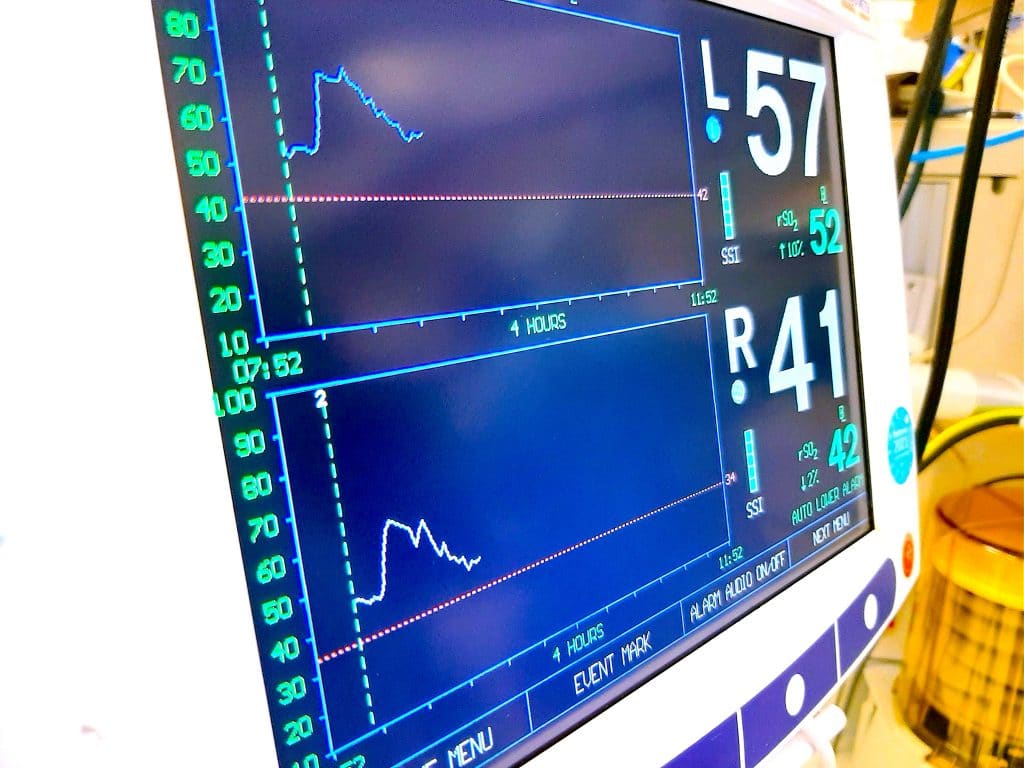Clinical and Technical Limitations of Cerebral and Somatic Near-Infrared Spectroscopy as an Oxygenation Monitor

Cerebral and somatic near-infrared spectroscopy monitors are commonly used to detect tissue oxygenation in various circumstances. This form of monitoring is based on tissue infrared absorption and can be influenced by several physiological and non-physiological factors that can induce error in the interpretation. This narrative review explores those clinical and technical limitations and proposes solutions and alternatives in order to avoid some of those pitfalls.
